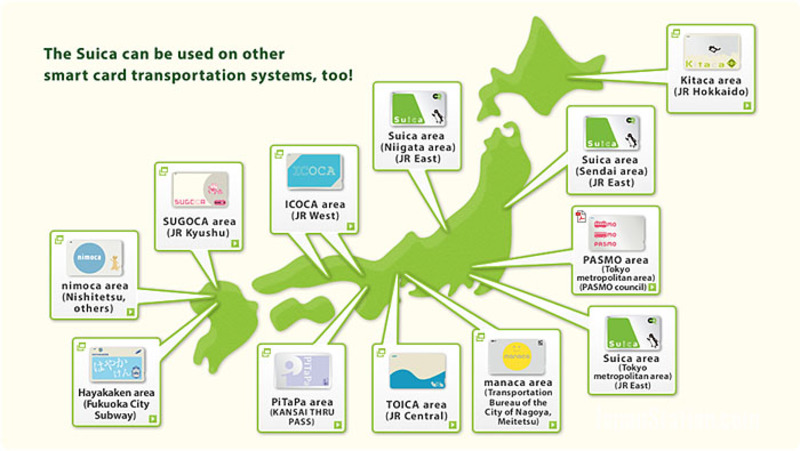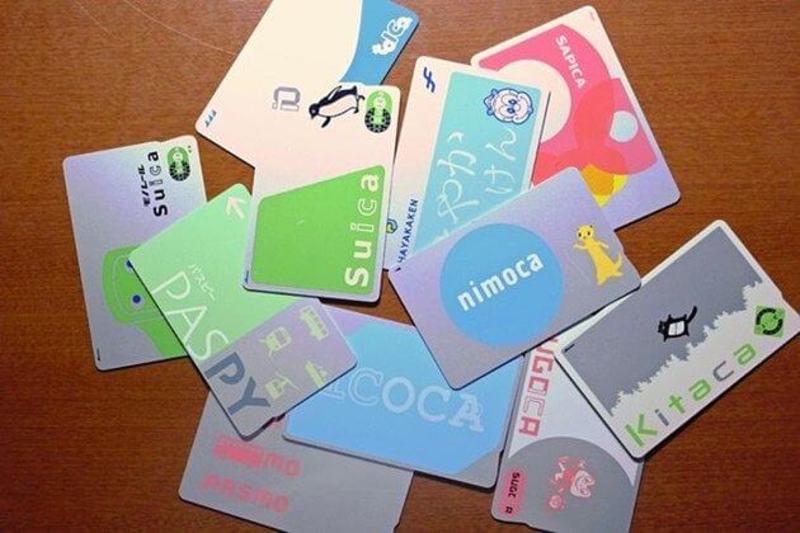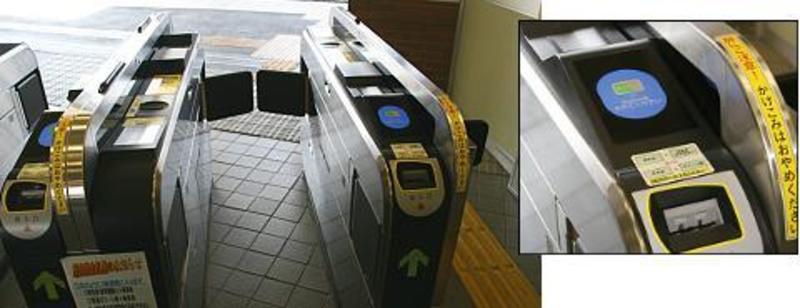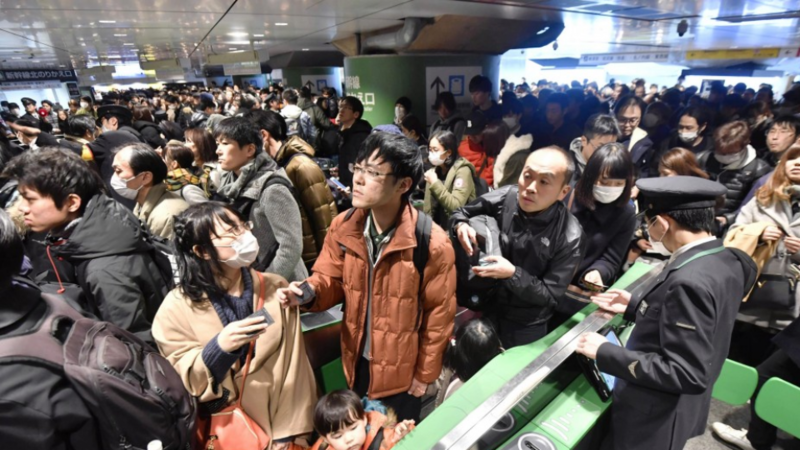公開日 2021年10月29日
更新日 2021年11月23日
Yes, for a person who was born in a place where there’s no train, I was really amazed. Coming and living here in Japan’s whose globally renowned train network is nothing short of a collective feat of engineering and structural genius. I will impart some of my knowledge of Trains, but this might be incomplete! sorry, hehe. In Japan can be a bit daunting. And with that, there are a lot of pros and cons to be had. Once you get a few rides under your belt, you’re sure to love riding trains in Japan! And there are four main islands of Japan, Hokkaido, Honshu, Shikoku, and Kyushu, which are connected by an extensive rail network. One of the best rail systems in the world, famously punctual. However, with the nearly 30,000 km of track (18,600 miles, need help converting from metric?) riding trains in Japan can be a bit daunting. Around 70 % of which is Japan’s National rail system, “The JR Lines” (JR stands for Japan Railway), of which is further split into JR Hokkaido, East (Tohoku and Kanto areas), Central, West (Kansai and Chugoku Area), Shikoku and Kyushu regional networks. The rest is made up of 16 major regional private rail companies, many smaller local trains, and additionally subway systems in the larger metropolitan areas. While many JR lines, such as the Yamanote Line in Tokyo operate strictly as a “local” train, meaning they stop at every station, there are many train lines that have different designations. Most notably for my colleagues and me, the Keikyu Line in Kanazawa has four different categories. Some train routes have even more nuanced that! For a quick overview, the ones you will see the most are the following, ranging from slowest to fastest.
- Local (普通, ふつう, futsuu)
- Rapid (快速, かいそく, kaisoku)
- Express (急行, きゅうこう, kyuukou)
- Limited Express (特急, とっきゅう, tokkyuu)
- Shinkansen (新幹線, しんかんせん, shinkansen) or Bullet Train as it’s known sometimes in English
The one that can be confusing is Limited Express as some lines use that to designate their fastest service, where others translate as a “Liner”, i.e. you need a separate ticket to board! Not a fun fact when you are attempting to make a quick transfer. If you don’t have a reason to go South of Tokyo into Kanagawa, you may never get the opportunity to ride the Keikyu Line. But you may have ridden its “follow on” line through Tokyo, or even to Narita. The Asakusa Line and the Keisei line. And if you are going to Haneda from Shinagawa? The Keikyu Line can get you there. So grab your Pasmo and read on for some quick tips that will make your journey easier. The train stations! You have a choice between an automated ticket machine or going to a teller. The automated machines generally have an option in English. Look for the language button in the upper right-hand corner. From there, you have the option of IC Card or Paper Tickets (Liners/Shinkansen will always have paper tickets as you will need the seat and car number!). Integrated Chip cards (IC Card) or Smart Cards are the best way to “buy” train tickets. Along with my house key and phone, I never leave home without my Pasmo. With a 500 yen deposit (that is refundable if you turn the card back in), you never have to worry about figuring out the fare costs. There are ten major IC Card Brands that were made compatible with each other so you no longer have to worry about having different cards for different regions. What are the ten?
- Suica
- Pasmo
- Icoca
- Pitapa
- Toica
- Manaca
- Kitaca
- Sugoca
- Nimoca
- Haykaken


I will not, however, guarantee that you won’t WANT more than one because some of the designs are super cute! haha. How To Use Train Tickets in Japan? If you have gone the IC Card Route, you will need to “ping” through the gate at the station – make sure you are going to the correct service provider though! You will be charged money if you accidentally go through the gates without continuing on to a different station.

There are a lot of nuances of etiquette to consider while in Japan. Generally speaking, if you are aware of your surroundings, most will come naturally to you. To give you a quick overview so you know what to expect, here are some things to consider. Let passengers disembark Speaking of queuing, let everyone off the train before you barrel on! The same goes if you are onboard If you are by the door and it is super crowded on the train, it is polite to go ahead and step off the train. Get either in the front or go to the back of the existing queue. This allows for a quicker transition at the stations. Sitting etiquette There will be areas on most train cars for “priority” seating. Whereas it seems like in some areas of the world, you flat out don’t sit there if you don’t fit one of the criteria, that’s not how Japan works. You are more than welcome to utilize a seat but if someone needing it comes (elderly, disabled, pregnant, people with small children), please relinquish it. Also, don’t take up more than one seat, there are generally indications on where people will seat. If you have bags, either put them in the overhead, on your lap, or on the floor immediately in front of you so others can utilize them as well. Turn your phone to silent and refrain from talking on the phone Direct quote of the announcement you will hear constantly onboard! It’s rude, don’t do it. If you absolutely must take a call, be as quiet as possible or if you are on a shinkansen or liner, move to the ends of the cars. With that, you will also notice that people either don’t talk at all or just talk softly to their seatmates. Being noisy is generally frowned on. While I generally can’t stop singing the praises about the Japanese train system, there are a few downsides to riding trains in Japan.
Overcrowding

Delays

Need Help?
If you are ever lost or in doubt while riding trains in Japan, simply find the nearest station attendant and ask for help — unlike in many countries, they’ll actually be happy to assist! 🙂
 0120-593-186
0120-593-186